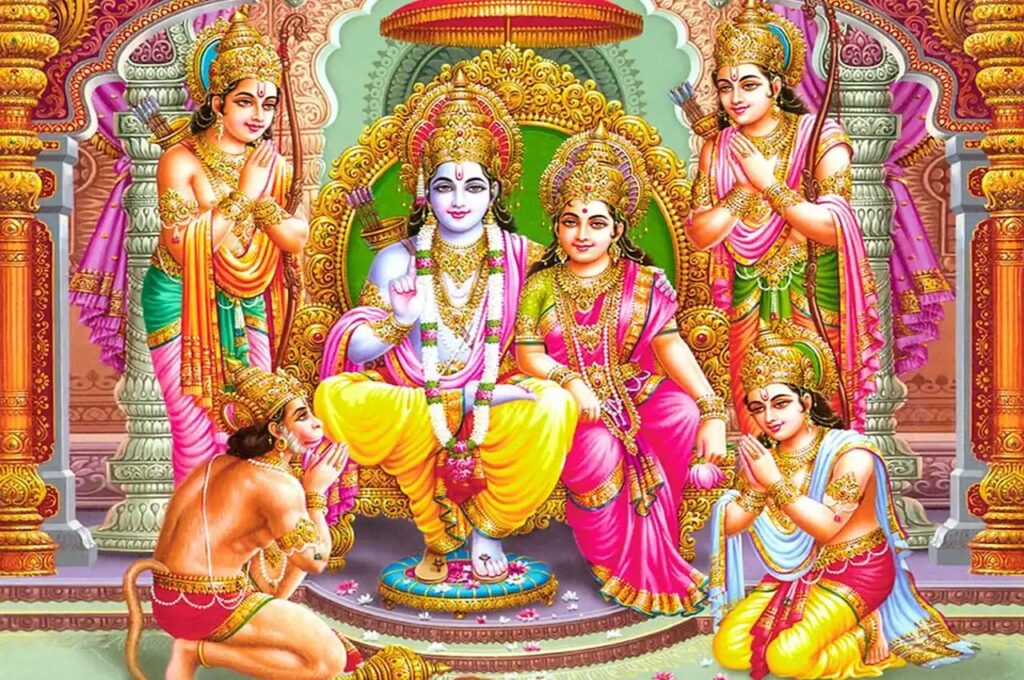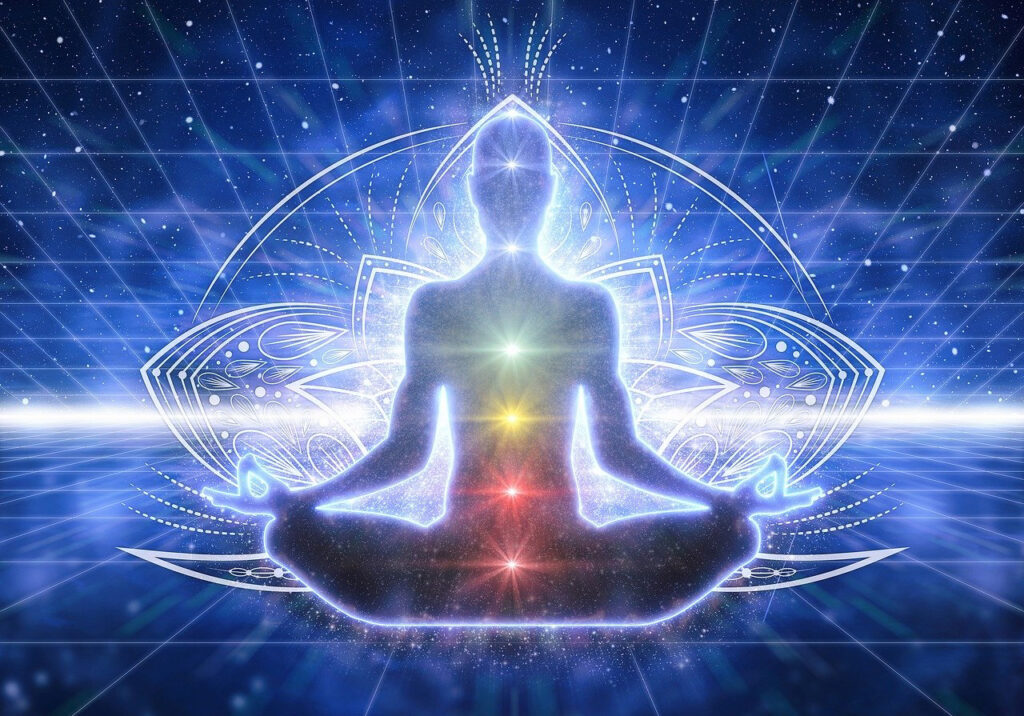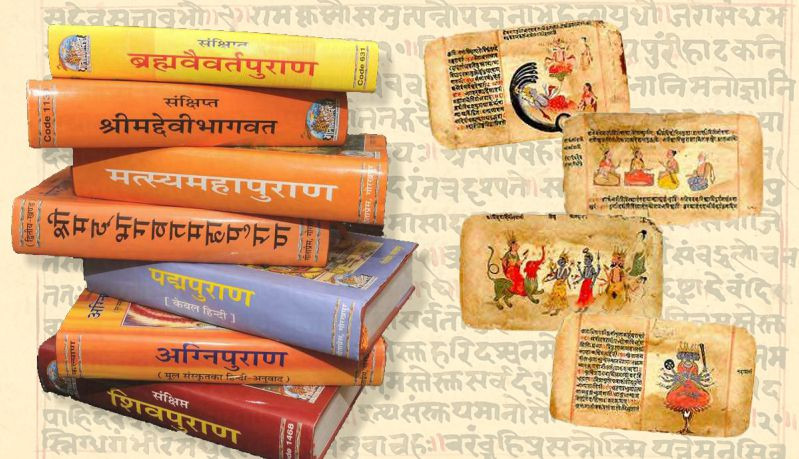Vedic Mantras & Chanting
Vedic mantras and chanting are foundational elements of Hindu spiritual practice, originating from the Vedas, the most ancient and revered scriptures in Hinduism. Chanting these mantras is considered a powerful way to connect with the divine, purify the mind, and maintain cosmic order (ṛta).
🔱 1. What Are Vedic Mantras?
Vedic mantras are sacred hymns composed in Vedic Sanskrit.
Found primarily in the Rigveda, Yajurveda, Samaveda, and Atharvaveda.
These mantras are revelations (śruti)—considered eternal truths heard by ancient sages (ṛṣis).
🔊 2. Importance of Chanting
Chanting is not just recitation but a spiritual discipline that:
Aligns the practitioner with cosmic vibrations.
Purifies the speech, mind, and intellect.
Brings spiritual merit (punya) and inner peace.
Enhances concentration, memory, and mental clarity.
🕉️ 3. Structure of a Vedic Mantra
A typical mantra may include:
Invocation (śruti) – Addressing a deity or cosmic principle.
Main body (mantra) – The prayer or intention.
Ending (śāntiḥ or svāhā) – A closure for peace or offering.
Example:
“Om Agnaye svāhā”
Om – Sacred sound
Agnaye – To Agni (fire god)
Svāhā – Offering
📜 4. Famous Vedic Mantras
a. Gayatri Mantra (Rigveda 3.62.10)
“Om bhūr bhuvaḥ svaḥ
tat savitur vareṇyaṃ
bhargo devasya dhīmahi
dhiyo yo naḥ pracodayāt”
A prayer to the Sun (Savitar) for illumination of the intellect.
Considered the most sacred Vedic mantra.
b. Purusha Suktam (Rigveda 10.90)
A cosmic hymn describing the Supreme Being (Purusha) as the source of the universe.
Often recited in temple rituals and Vedic yajñas.
c. Rudram Chamakam (Yajurveda)
Invokes Lord Rudra (Shiva) for protection and blessings.
Includes the Namakam and Chamakam sections.
d. Shanti Mantras (Various Vedas)
End with “Om shāntiḥ shāntiḥ shāntiḥ” (peace in body, mind, and environment).
Example:
“Om saha nāvavatu
saha nau bhunaktu
saha vīryam karavāvahai…”
– A prayer for harmony between teacher and student (Taittiriya Upanishad).
🎶 5. Methods of Chanting
a. Patha Styles:
Samhita patha – Continuous recitation.
Pada patha – Word-by-word breakdown.
Krama patha – Pairwise chanting.
Ghana patha – Complex and rhythmic, preserving pronunciation and meaning.
b. Rules:
Swara (intonation): Udatta (high), Anudatta (low), Svarita (falling).
Pronunciation: Precise and accurate to preserve the mantra’s effect.
Traditionally taught through oral transmission (guru-shishya parampara).
🧘 6. Use in Rituals and Meditation
Yajnas (Vedic fire rituals) involve extensive mantra chanting.
Sandhya Vandana: Daily practice with Gayatri and other mantras.
Japa: Repetition of mantras (e.g., Om, Om Namah Shivaya) with focus and devotion.
🌟 Summary
| Element | Purpose |
|---|---|
| Mantras | Spiritual vibration, divine invocation |
| Chanting | Mental focus, purification, divine connection |
| Swara & Patha | Accurate transmission and sound preservation |
| Common Usage | Rituals, prayer, meditation, daily worship |




